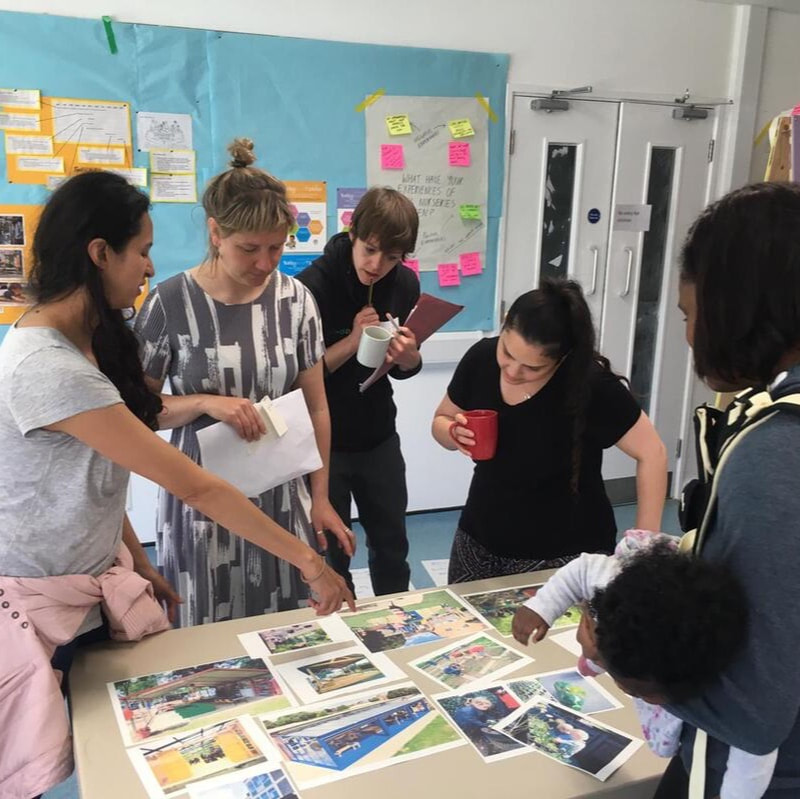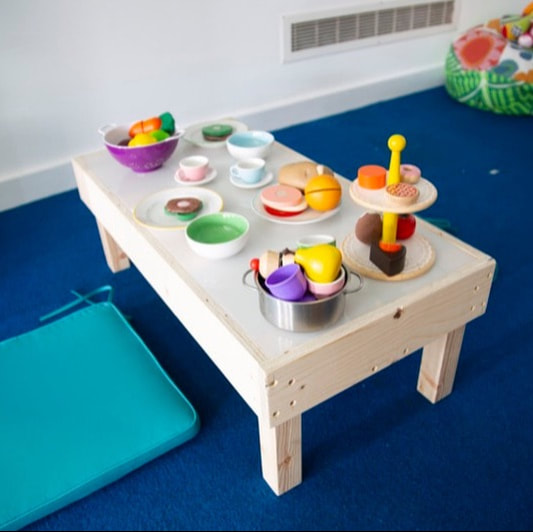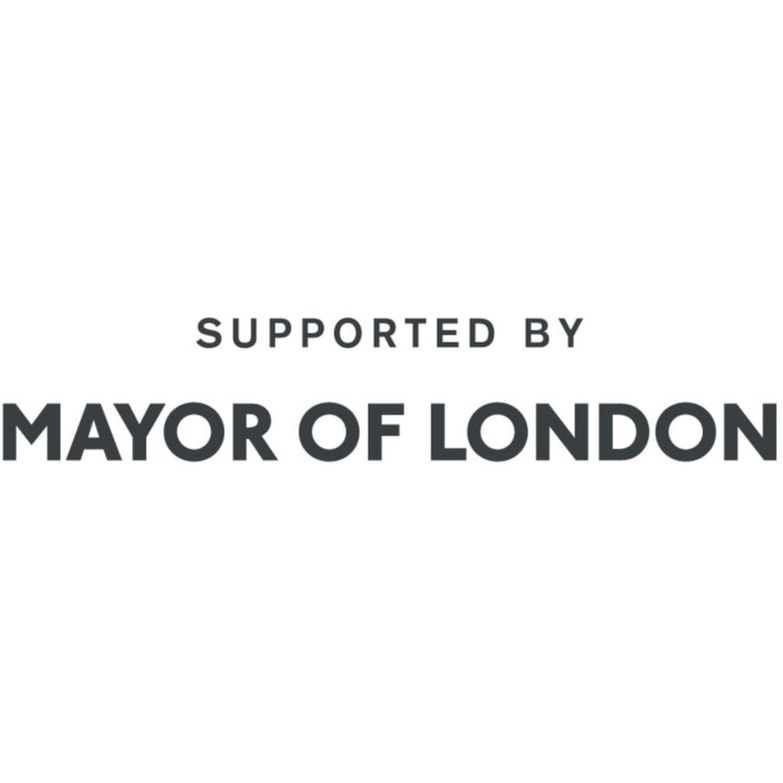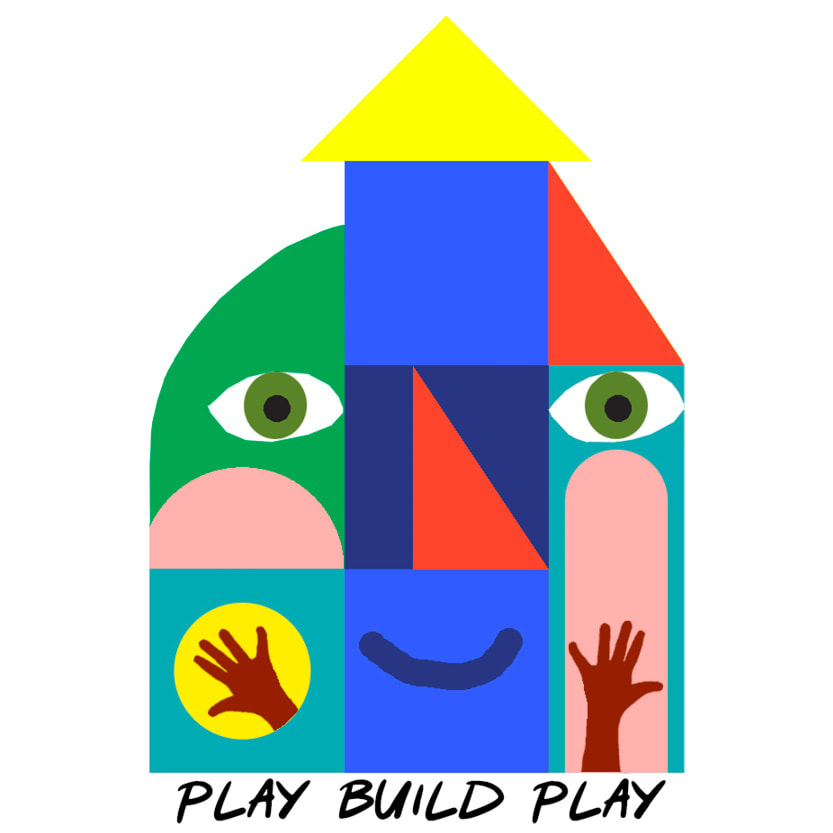Building Your Space
At the centre of your nursery project will be your physical space. It is the most visible and tangible manifestation of your new organisation's values and ambitions. It is the backdrop to the whole project. A quality, co-produced environment will support you to set priorities around play and learning.
|
Designing and building that space with your community is cost effective while ensuring community ownership is at the heart of your provision.
Get Ready
Prepare the canvas for co-production. An initial lick of paint, stripping back and making good the shell of your space will provide the perfect canvas for co-production. Ensuring all is well so that Initial interactions and conversations are not distracted by any urgent impracticalities such a flaking paint or cracked widows will mean that your project has a can-do rather than make-do attitude from the outset. Ensure that the building is secure, clean, dry, serviced and has an easily identifiable entrance and address. Depending on the site you may need to strip out redundant fixtures and fittings, although think carefully and creatively about how you can reuse any materials.
Choose your 'get in' furniture.
Whether you are starting from scratch or working within an existing set-up, when you start inviting people in you will certainly need some furniture. But try to limit it and choose it very carefully. We chose not to fill the space with second hand plastic toys, instead opting for a range of materials including wooden blocks, cardboard tubes, pieces of fabric and two buckets of loose parts. The initial furniture consisted of two mobile notice boards for sharing information about the project and some seating for adults. Your space may have come with certain things or might be totally empty, but either way it's important to set the tone when people first enter and start using the space. Imagine entering as a parent and as a child for the first time. Do the walk in real life if you can, or in your imagination, and record it.
Choose your 'get in' furniture.
Whether you are starting from scratch or working within an existing set-up, when you start inviting people in you will certainly need some furniture. But try to limit it and choose it very carefully. We chose not to fill the space with second hand plastic toys, instead opting for a range of materials including wooden blocks, cardboard tubes, pieces of fabric and two buckets of loose parts. The initial furniture consisted of two mobile notice boards for sharing information about the project and some seating for adults. Your space may have come with certain things or might be totally empty, but either way it's important to set the tone when people first enter and start using the space. Imagine entering as a parent and as a child for the first time. Do the walk in real life if you can, or in your imagination, and record it.
Stay and Play
Use stay and play sessions to instill a creative and collaborative approach from the outset. Use the time you have together to start investigating your site and all the physical possibilities for using it. Try to be free with your ideas and let play lead the way. Start multiple conversations and experiment, remember that this is about a conversation. Parents may have instincts and aspirations but not have the professional training behind these. It’s important that professionals are part of these conversations in a supportive and accessible way, sharing and developing everyone's learning and curiosity (but not ‘teaching’ in a directive way).
Find out more about using stay and play sessions as a tool to explore space here.
Find out more about using stay and play sessions as a tool to explore space here.
Design and Build
Harness and strengthen the skills around you through in depth co-design and community build days. Getting plenty of ideas in when it comes to the detailed design of key aspects of your space creates better ideas. Support people to have the confidence to ask questions and challenge each other, testing out ideas helps to get broader buy in and avoid any costly mistakes.
Find out more about co-design workshops here.
Find out more about co-design workshops here.
Final Fit Out
Co-produce a final fit out that has a direct contribution to learning and development.
The environment becomes the 'third teacher' for the child, after the staff and the parents. Enable staff and parents to work in a rigorous, in-depth way to design, produce and utilize furniture and the materials around them to support their practice.
Find out more about the furniture we created for Friendly Families Nursery here.
The environment becomes the 'third teacher' for the child, after the staff and the parents. Enable staff and parents to work in a rigorous, in-depth way to design, produce and utilize furniture and the materials around them to support their practice.
Find out more about the furniture we created for Friendly Families Nursery here.
Work collaboratively from the outset and through every stage of the design process, from research and brief building to detailed finished installations. This will embed a sense of ownership and the power to build and change this project with everyone involved.
Lisa, a parent involved in the design and build at Friendly Families Nursery said:
“The design workshops helped people be part of what the nursery was going to be like. People had a better understanding of the project. They are passionate about it because of what they have done to help. And that meant they were better at word of mouth and inviting other people to be part of the project.”
“The design workshops helped people be part of what the nursery was going to be like. People had a better understanding of the project. They are passionate about it because of what they have done to help. And that meant they were better at word of mouth and inviting other people to be part of the project.”













